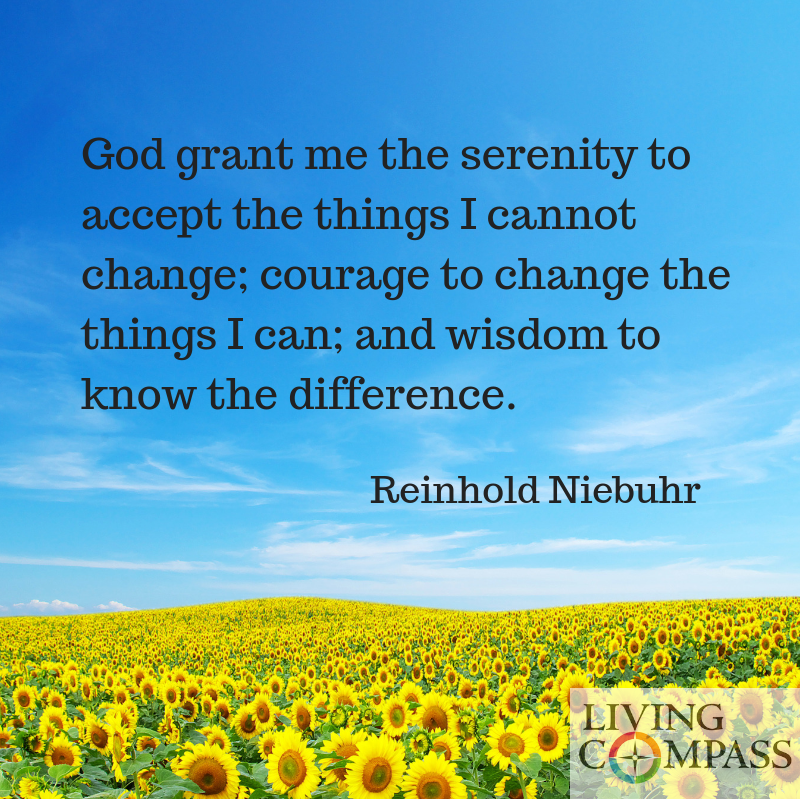I Think You're Beautiful
How would you respond if someone said to you, "I am taking pictures of things that I find beautiful, and I find you beautiful, so can I please take a picture of you"?
A high school student ran a social experiment a few years ago and did this exact thing. She made a video or the reactions that the students and faculty at her high school had to hearing that they are beautiful. In the second half of the video, the student conducting the social experiment followed up her telling people she finds them beautiful, with a question, "What's one thing that you think is beautiful or unique about yourself?" You can find the link to her video at the bottom of this piece to see the variety of responses. .
The student running the experiment wondered why it is so uncomfortable for people to think of themselves as beautiful. After watching the video, I wonder the same thing, knowing for sure that I would respond in a way similar to many of the subjects in this experiment,
On the other hand, and this is a bit sad to say, but if someone asked me what some of my faults are and what do I think needs improvement in myself, I know that without hesitation, I could come up with a lengthy list. Here's the short version that took me 30 seconds to create: I need to be more organized. I need to get more sleep. I need to get better at sending thank you notes. I get too busy sometimes and don't take time to nurture friendships. I am more judgmental of myself and others than I would like to be. I neglect yard work and have almost zero skills in being handy around the house. I take way too many things for granted. I am always searching for "more" rather than being satisfied with how things are.
Why is it that it is so easy for us to see the faults and what needs improving in ourselves? Why is it so difficult to see and celebrate that which is beautiful about ourselves? And while the social experiment I have referenced does not address this as it applies to how we see others, it is well worth noting that it is often the case that it is easier for us to see and point out the faults we see in others, than it is to point out the beauty we see in them. Again, why is this?
I don't know the answer to these questions, but I do know this: if you take a few minutes and watch the video of this social experiment, you will find your heart softened and perhaps a little more willing and able to take the time to see and celebrate what is beautiful in both yourself, and others.
Do yourself a favor, and click HERE. to watch the video.
Subscribe Now to Weekly Words of Wellness:
Click the button below to signup for the e-mail version of Weekly Words of Wellness. This weekly article can be shared with your community electronically and/or used for group discussion.
You can unsubscribe at any time.




